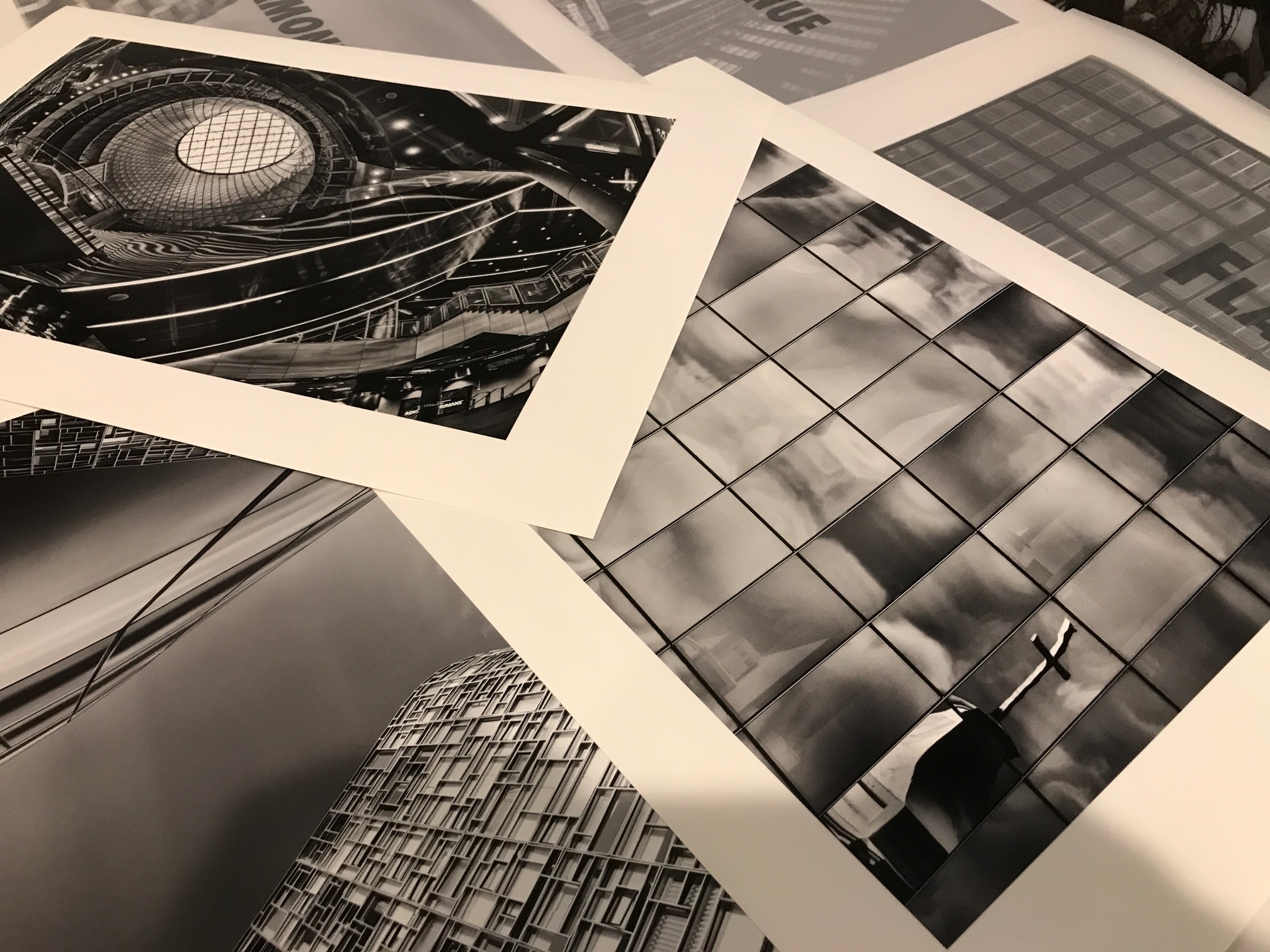
Review of Canon Image Prograf 1000 Printer
When we first installed our twin Canon ProGraf 1000 printers 18 months ago, I promised to keep readers posted on how they did. Since that time we have put them through a half-dozen fine art printing workshops, countless individual client prints and many tests that we constantly do with our wonderful sponsor, Moab Fine Art Papers (a division of Legion Paper).
But it wasn’t until last fall, when we completed an intense portfolio development workshop that entailed printing more than 180 (13“ x 19”) prints within 24 hours, that I realized I had to get this blog out for any of you who are contemplating a fine art printer purchase soon. Simply put, we love our workhorse Pro-1000s.
The Negatives
First off, I’ll describe the only two negatives I can think of. As it turns out, one of our units was defective on arrival, making wonky prints that we could not correct. The fact is that Bob, my assistant, is a fine art print expert, so if he says it’s broken, it’s broken. One ten minute call to customer support and we were done. They emailed us a postage paid return label, we put the printer back in the box and in two days we received its replacement. It was that easy. Kudos to Canon!
Next negative? Of course that would be the inks. I mean the Canon inks are phenomenal in terms of color accuracy and vibrancy. But you and I already know that the actual printer is nothing but a razor. What Canon and all other print manufacturers are really selling is razor blades. It’s the old American marketing genius updated for the digital age! Ink cartridges are expensive, true, but we nevertheless counsel our clients never to use off-brand ink replacements due to their extreme variability, lack of quality control and poor reproduction capabilities. We know, because we have tested these imitations. If you use them you are asking for trouble in terms of color management and print quality. The only cure for ink costs that we have come up with is a mental adjustment. Just think how much you are saving by making your own prints, let alone having the ability to tweak your prints until they are just what you envisioned.

The Good Stuff
Now for the good stuff. First off, the ProGraf 1000 printers are a breeze to set up, thanks to Canon’s easy-to-follow instruction manual, paired with the best on-printer animated video clips I have ever experienced. I had each printer up and running within 30 minutes (after removing the packing and tape)!
Next, the prints. What can I say about them? They are perfection embodied. The colors are true and vibrant thanks to Canon’s proprietary inks. Of course that is helped by Moab’s incredible fine art papers, but if you read my blogs you already know that (Disclaimer: Moab is one of our sponsors).

Canon prints on Moab Entrada papers
If you have ever used a large format printer, you know they can be a finicky pain. But Canon’s helpful on-printer workflow management screens make the job less of a hassle. Plus, almost everyone who takes our workshops comments on how quiet the printers are.
Another thing I like about the printers is that they end up saving us money by having two print heads, one for matte black ink and another for photo black. I absolutely hated watching my Epson printers waste gobs of ink switching between matte and photo black, all the while imagining dollar bills flying out the window.

Finally, let’s talk price. We could not believe it when the Pro-1000 was released at a $1,300 price point (on sale periodically for around $1,100). For a 17" wide printer? Are you kidding? At our print workshops we now recommend even beginning print-makers start with the Pro-1000. Most photographers will probably never outgrow it. Oversized 17 x 22" (or 17 x 25”) prints - framed they will probably be more like 25 x 30" - are huge on home walls. Plus, the Pro-1000 is small enough to fit on a desktop. Okay, it may be a tight fit, but do-able if you just shift your junk mail and unpaid bills to the kitchen counter.